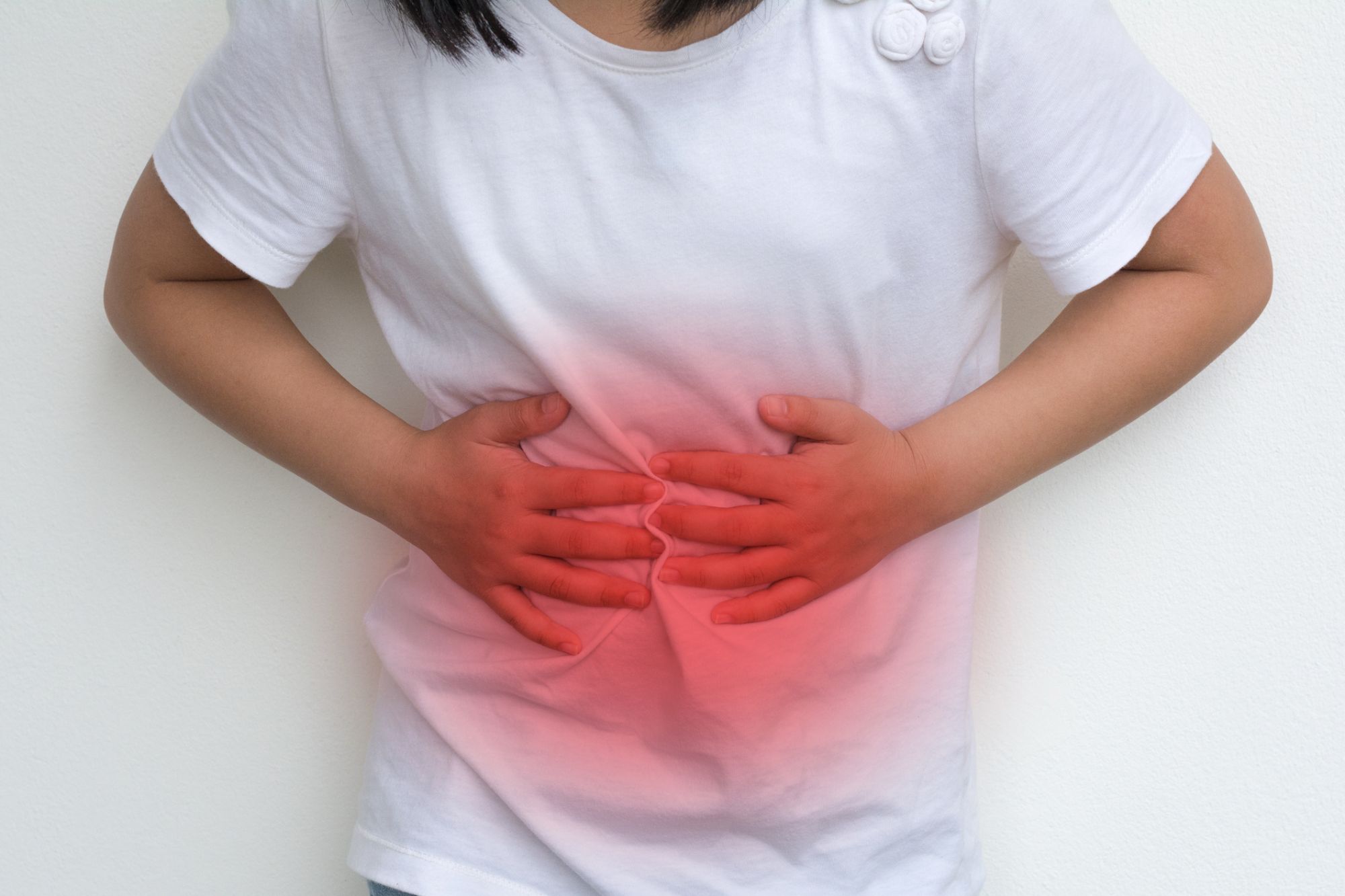NHD Paediatric Hub
Coeliac disease in children: from diagnosis to treatment
Coeliac disease is an autoimmune condition that can present in genetically susceptible individuals of all ages on exposure to gluten.(1) Here, I outline the dietary management in paediatrics and report on two very different case studies.
Coeliac disease is reported to be one of the most prevalent immune-mediated GI conditions in paediatrics, with incidence reported to be increasing significantly over recent years.(1) Prevalence in the UK is reported to be 1 in 100 children.(2)
Coeliac disease is considered to be under-diagnosed in view of the heterogeneous presentation of clinical signs and symptoms. Incidence is felt to have increased over recent years due to better awareness and less invasive diagnostic testing
Children and young people are often less symptomatic at the time of diagnosis with symptoms being more subtle. There is far less presentation of the classical sick child with coeliac disease.

SYMPTOMS
Children with Coeliac Disease can have variable symptoms – the classical presentation is seen less often with early detection meaning children can often become less sick.(1)
Symptoms can include gastrointestinal issues such as abdominal pain, bloating, vomiting, diarrhoea and constipation. Other issues at diagnosis include anaemia, tiredness and potential nutritional deficiencies (most commonly iron, B12 and folate deficiency). Weight loss, ulcers, and skin rash are less common symptoms. Rare symptoms include issues with teeth enamel and neurological symptoms. The severity of symptoms can be variable and not all symptoms need to be present to consider the diagnosis.

DIAGNOSIS
The diagnosis of paediatric coeliac disease changed in 2012 following the publication of the ESPGHAN guidelines, which led to the non-biopsy approach to diagnosis within paediatrics.(2) The ESPGHAN guidelines were followed up by the joint BSPGHAN and Coeliac UK guideline.(3)
The ESPGHAN guidelines separate children into symptomatic and asymptomatic following the initial screening stages. Any child or young person where there is a suspicion of coeliac disease based on history should have tissue trans–glutaminase (tTG) antibodies checked along with total immunoglobulin A (IgA) blood test. If IgA is within normal range and tTG antibodies are raised and they should proceed to the next level of testing.
In symptomatic children, if their tTG antibody is greater than 10x upper limit of normal then a second blood test can confirm the diagnosis, provided they are IgA EMA positive. Asymptomatic patients require discussion with a gastroenterology specialist to determine if an upper GI endoscopy and small bowel biopsy are required.
Dietitians should ensure children and young people remain in a gluten- containing diet prior to diagnosis.
BSPGHAN algorithms for diagnosis of children and young people(3)



TREATMENT
Currently, the only effective treatment for Coeliac disease is lifelong exclusion of gluten from the diet. Removing gluten from the diet allows the villi in the small intestine to heal and function normally. As a result of this, symptoms settle and nutritional deficiencies are corrected. Some children may require supplementation to correct nutritional deficiencies.
Gluten is a protein found in wheat, rye, barley and potentially oats. Gluten-containing foods include foods such as bread, pasta, pizza bases, cakes and biscuits. There is an ever-growing variety of gluten-free foods, which makes the diet easier to follow for children and young people. Within the UK, there is a gluten-free food prescription scheme – this varies depending on the health authority, but prescribable gluten-free foods help improve variety within the diet.
Families can also join Coeliac UK, a registered charity within the UK, which supports families and young people with coeliac disease by providing information around lifestyle. Coeliac UK also offers support to schools and to parents who are helping their child adapt to the gluten-free diet.
Two different cases, one diagnosis...
CASE 1 - ELLA
Ella is a six-year-old who wasreferred to the coeliac service by her GP. She had her IgA and tTG antibodies checked – IgA was within normal range and tTG antibodies were 55u/ml (normal range less than 7u/ml)
Ella's symptoms were faltering growth (having dropped three centiles), abdominal pain, abdominal distension, wasting of buttocks and loose stools up to eight times daily (described as Bristol stool chart type 7). She was pale, tired and had a poor appetite.
MANAGEMENT PLAN
Repeat tTG antibodies along with nutritional bloods (folate, FBC, ferritin, vitamin D, parathyroid hormone, liver function tests and thyroid function tests).
Results:
- IgA -Normal range
- tTG antibody - 55u/ml; 62u/ml
- Full blood count- Haemaglobin low, MCV low, MCH low, platelets raised
- Ferritin - Low
- Folate - Low
- Vitamin D - 32
- PTH - Normal
- LFT - Albumin low, others within normal range
- TFT - Normal range
- EMA - Positive
As Ella’s tTG antibody levels were less than 10 times upper limit of normal and in view of her symptoms being highly suggestive of coeliac disease, Ella was advised to remain on a gluten-containing diet whilst awaiting diagnosis of coeliac disease. Ella was discussed with gastroenterology colleagues and proceeded to an upper GI endoscopy with small bowel biopsies.
Ella’s biopsy confirmed her diagnosis of coeliac disease with a marsh grading of 3B – showing significant villous blunting of the villi.
As a result, Ella was able to commence a gluten-free diet with support from a paediatric dietitian. In view of her low haemoglobin, ferritin, folate and vitamin D, Ella was commenced on a three-month course of folate and iron supplementation along with vitamin D therapy to optimise bone health.
Review at six months post commencing gluten-free diet
Ella attended clinic for her six-month review following commencement of a gluten-free diet. Ella reported she was well. She had no abdominal pain and her stooling had returned to normal consistency with a reduction in frequency. Ella’s parents reported she had improved appetite and energy levels and Ella had gained 5kg since diagnosis.
CASE 2 - ZACH
Zach is a 13-year-old boy who was referred to the dental services due to concerns around enamel. On discussion with the family, there were some reported subtle symptoms of coeliac disease with a reduced appetite and him being less keen to take part in sports, which his parents felt was age-related. Stooling was reported to be normal and there were no other GI symptoms reported.
Zach had had IgA checked by his GP along with tTG antibodies and other nutritional bloods. His IgA was within normal range and tTG antibodies were recorded as greater than 128u/ml (normal range less than 7u/ml). All other nutritional markers were within normal range.
Zach had repeat blood testing, which demonstrated a second tTG antibody greater than 128u/ml and IgA EMA positive.
Zach’s serology confirmed a diagnosis of coelaic disease and Zach and his family, therefore, met with the paediatric dietitian to discuss the diagnosis and support with adapting to the glute-free diet. Zach struggled with the diagnosis in view of the lack of symptoms and required extensive support to help him understand the importance of adherence to the diet.
Zach has now been on the diet for 18 months and his tTG antibody levels have returned to normal range. He feels well and follows his gluten-free diet with no issues.
Key points to note
- Coeliac disease is an autoimmune condition that is under diagnosed in children and young people.
- A non-biopsy approach to diagnosis has not been approved for some children.
- A symptom history is important within history gathering.
- Children should remain on a gluten-containing diet until diagnosis is made.
- A trained and experienced paediatric dietitian with experience of coeliac disease is key in supporting children and young people with their management plan.

Instagram: kidsnutritionrd
Website: www.kids-nutrition.com
Hazel Duncan, RD
Paediatric Dietitian, Kids Nutrition
References
- Husby S, Koletzko S, Korponay-Szabo´, IR, Mearin ML, Phillips A, Shamir R, Troncone R, Giersiepen K, Branski D, Catassi C, Lelgeman M, Ribes-Koninckx C, Ventura A and Zimmer KP for the ESPGHAN Working Group on Coeliac Disease Diagnosis, on behalf of the ESPGHAN Gastroenterology Committee (2012)European Society for Pediatric Gastroenterology, Hepatology, and Nutrition Guidelines for the Diagnosis of Coeliac Disease JPGN Volume 54, Number 1, Pg 136
- Roberts SE., Morrison-Rees S., Thapar N., Benninga MA., Borrelli O, Broelaert I, Dolinsek J, Martin-de-Capri J, Mas, E, Miele E, Pienar C, Ribes-Koninckx C, Thomassen RA, Thomson M, Tzivinikos C, Thorne K, John A & Williams JG (2021) Systematic review and meta-analysis: the incidence and prevalence of paediatric coeliac disease across Europe Alimentary, Pharmacology & Therapeutics Volume54, Issue2, July 2021, Pages 109-128
- Murch S, Jenkins H, Auth M, Bremner R, Butt A, France S, Furman M, Gillet P, Kiparissi F, Lawson M< MCLain B, Morris MA, Sleet S and Thorpe M (2013) Joint BSPGHAN and Coeliac UK guidelines for the diagnosis and management of coeliac disease in children Archives of Disease in Childhood; 98:806-811.
